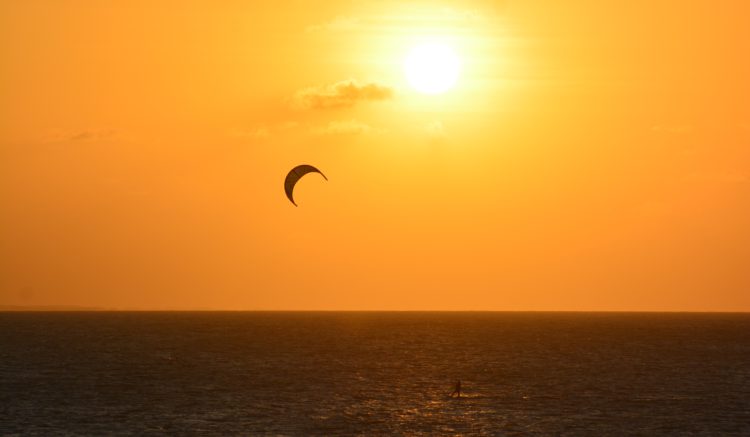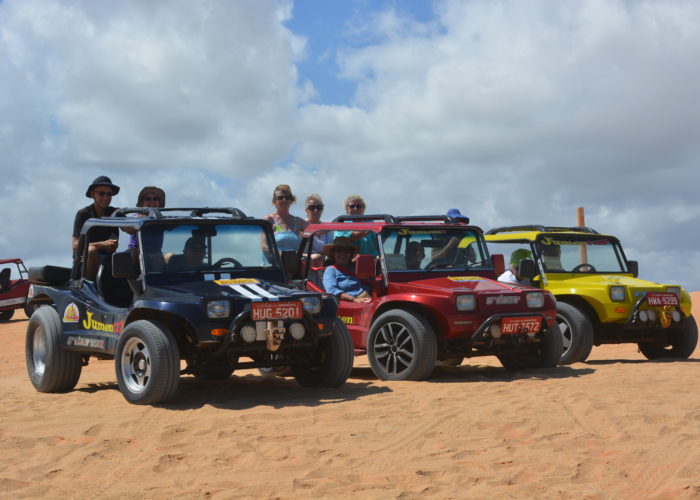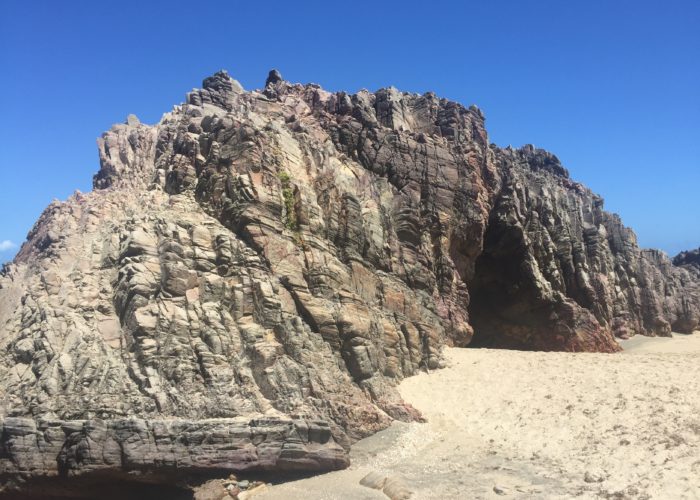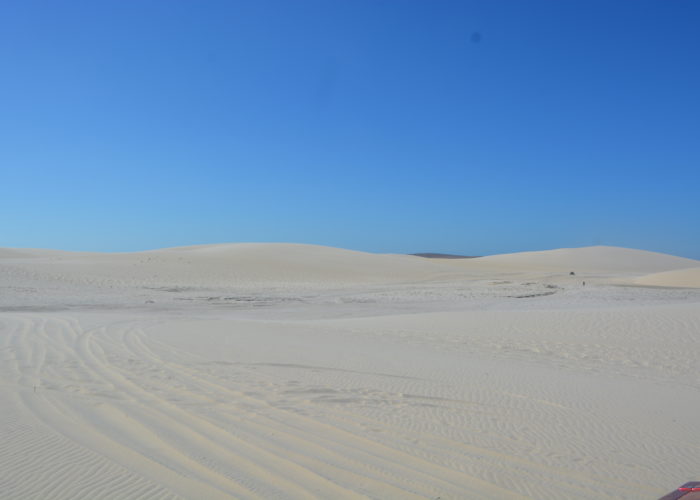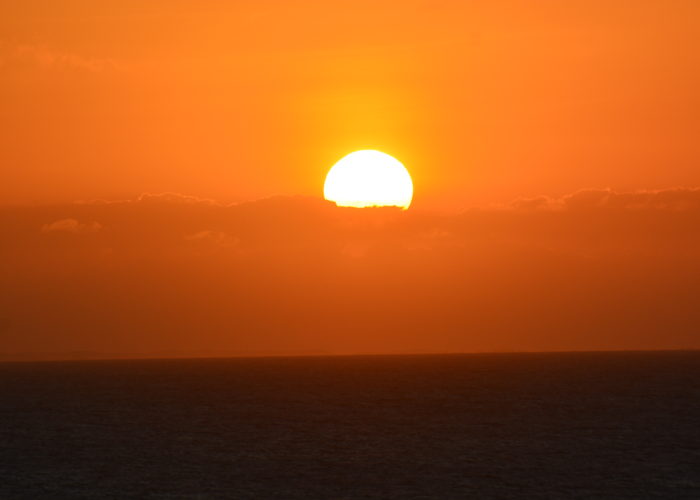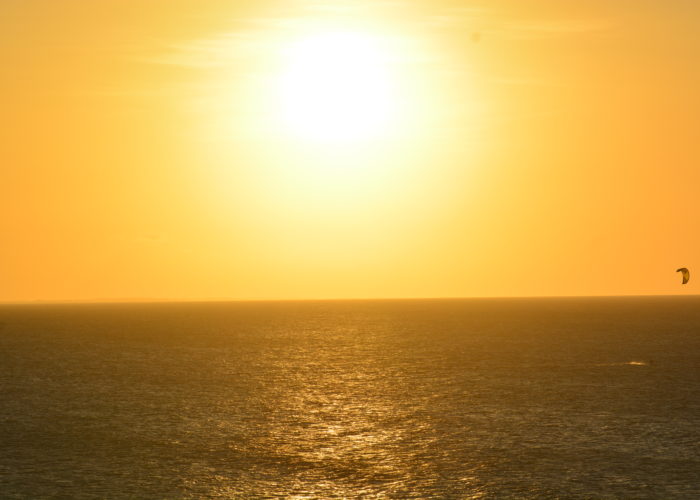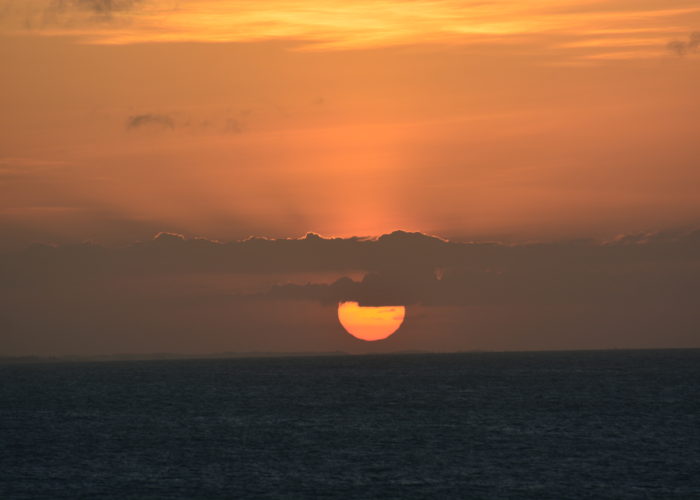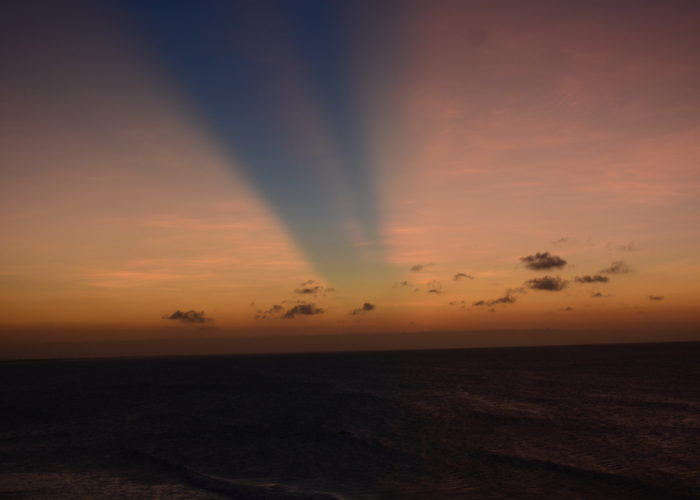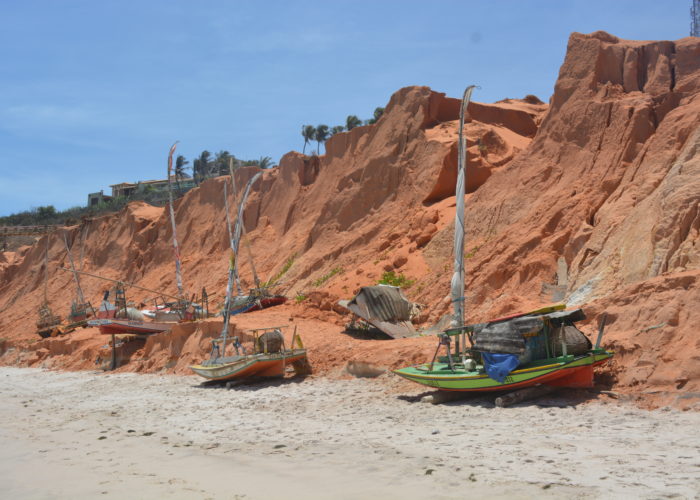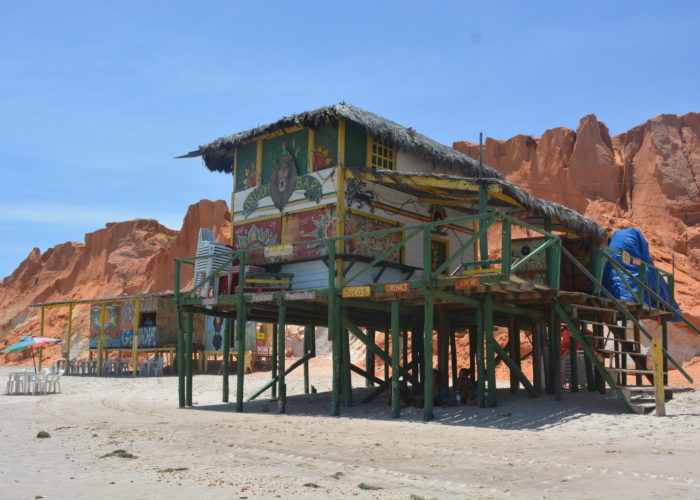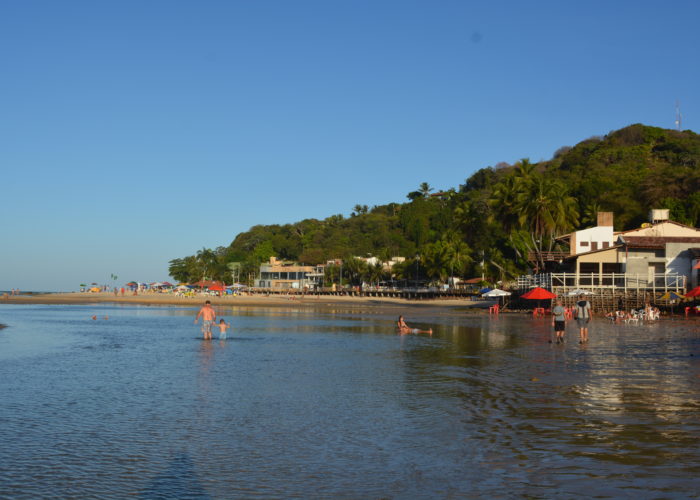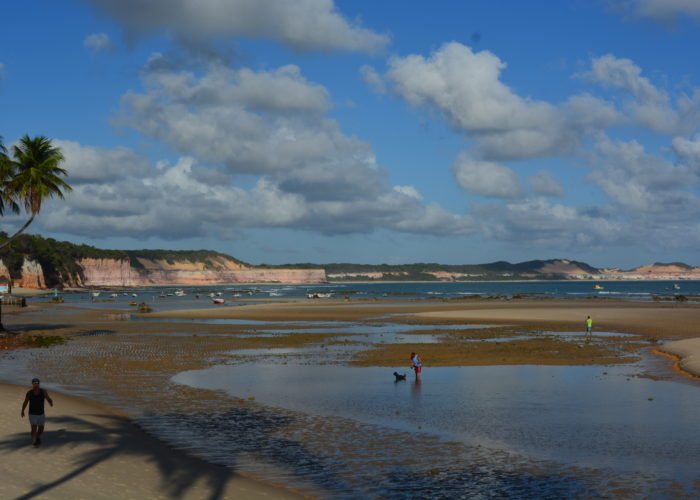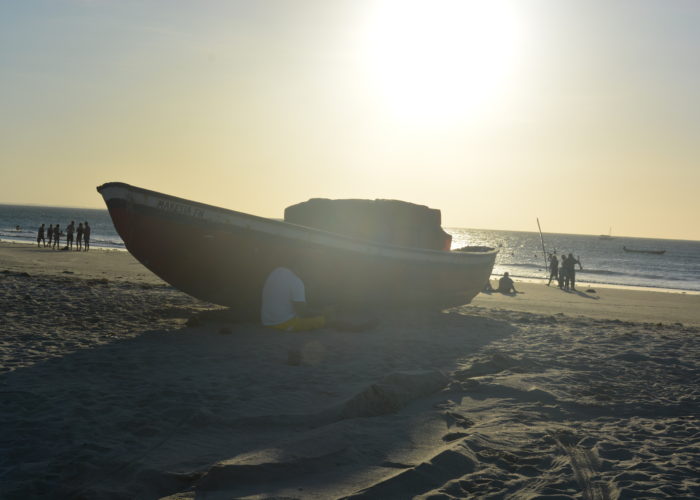After the Lençóis Maranhenses National Park our journey took us to a number of beach resorts on Brazil’s Northern and Eastern coast. The coast line a few degrees South of the Equator is full of sandy beaches and runs for many kilometres. The sand is generally very fine and a light yellow colour. Most of the tourists are local Brazilians and the whole area has not really been discovered by the mass international tourism market.
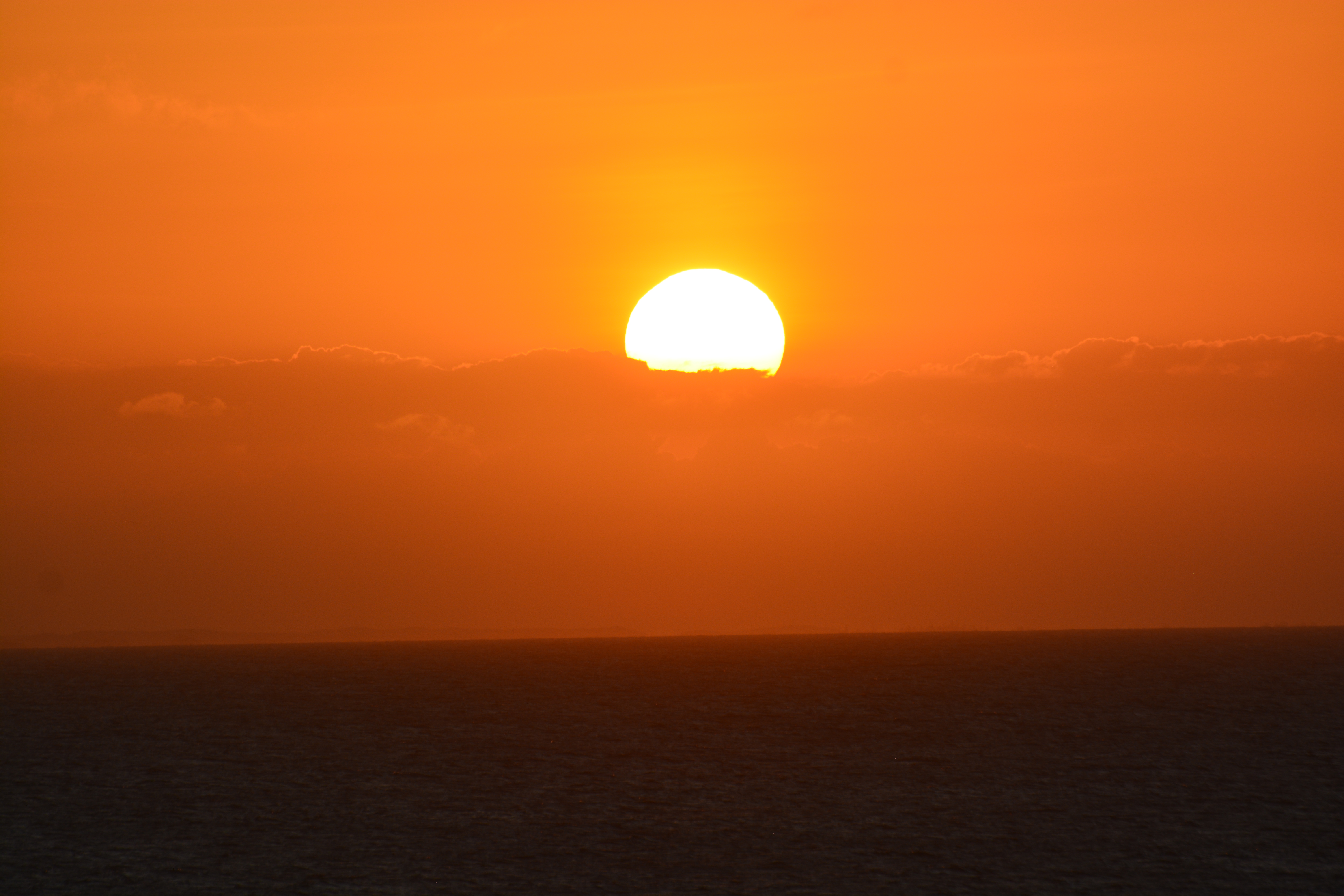
The first resort was Jijoca de Jericoacoara, often simply called Jeri, a small resort town on the coast reached by a sandy road by four wheel drive vehicles or beach buggies. The resort is surrounded by sand dunes and one of the principal activities is taking a beach buggy along the beach and across the dunes. Just outside the resort is an arch formed in the rocks by the sea. In typical Latin American style the local visitors all queue to take selfies in the middle of the arch with the deep blue sea making a colourful contrast.
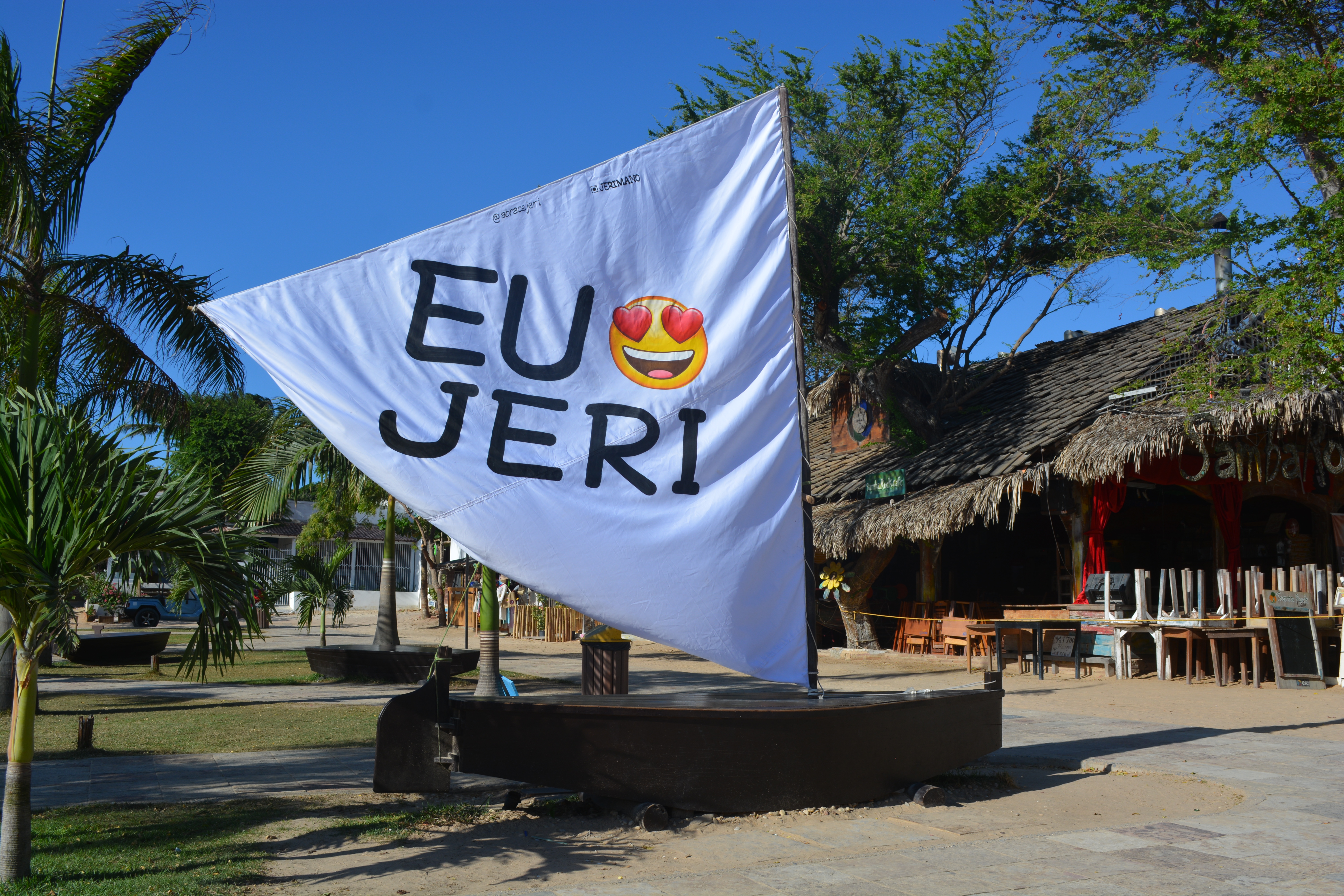
The resort has sandy streets and a full collection of boutiques selling beach wear and many restaurants. Our visit coincided with the shoulder season so while the resort was quite full, it was not overcrowded. The beach just at the end of the main street has lots of hawker stores selling caipirinhas and other spirt based drinks.
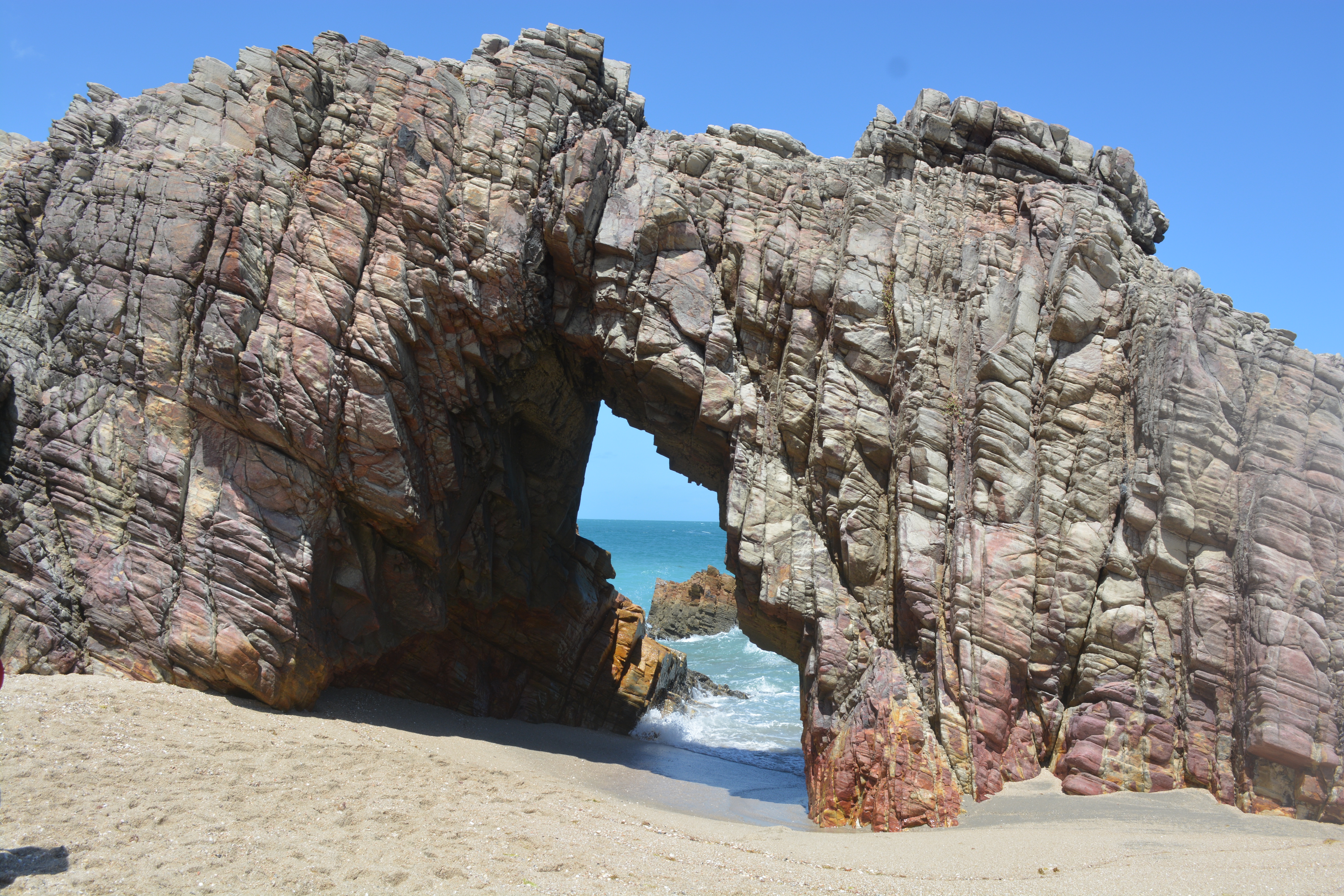
On the main beach there is a large sand dune, which at night looks out to the West and provides a great platform to witness the sunset that sets over the sea, Jeri being on a small peninsula. The colours of the sunset with the lack of pollution contain most of the colours of the rainbow, including after the sun has set tinges of green caused by particles in the atmosphere.
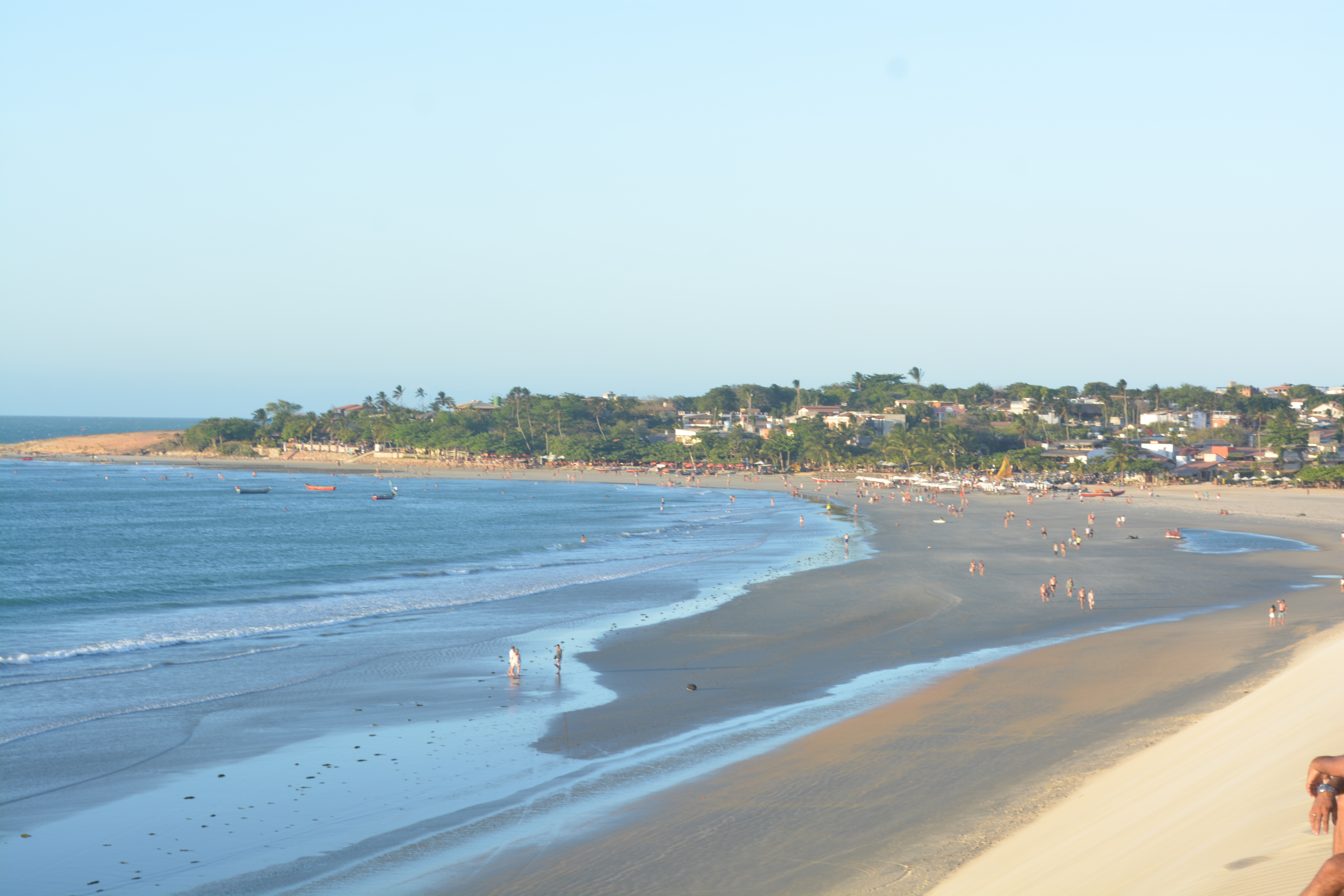
From Jeri we skirted the huge 4.5 million city of Fortaleza, Brazil has so many cities with populations over a million, to the more modest resort of Canoa Quebrada. Canoa also boasts a great sandy beach and cliffs of a deep orange colour that protect the resort from the sea. The main street is paved and the resort is accessible by ordinary vehicle. The boutiques cater for a lower portion of the market than Jeri and Canoa is a less hedonistic resort – in the past Jeri was famous as a hippy resort, with the beach and surfing culture.
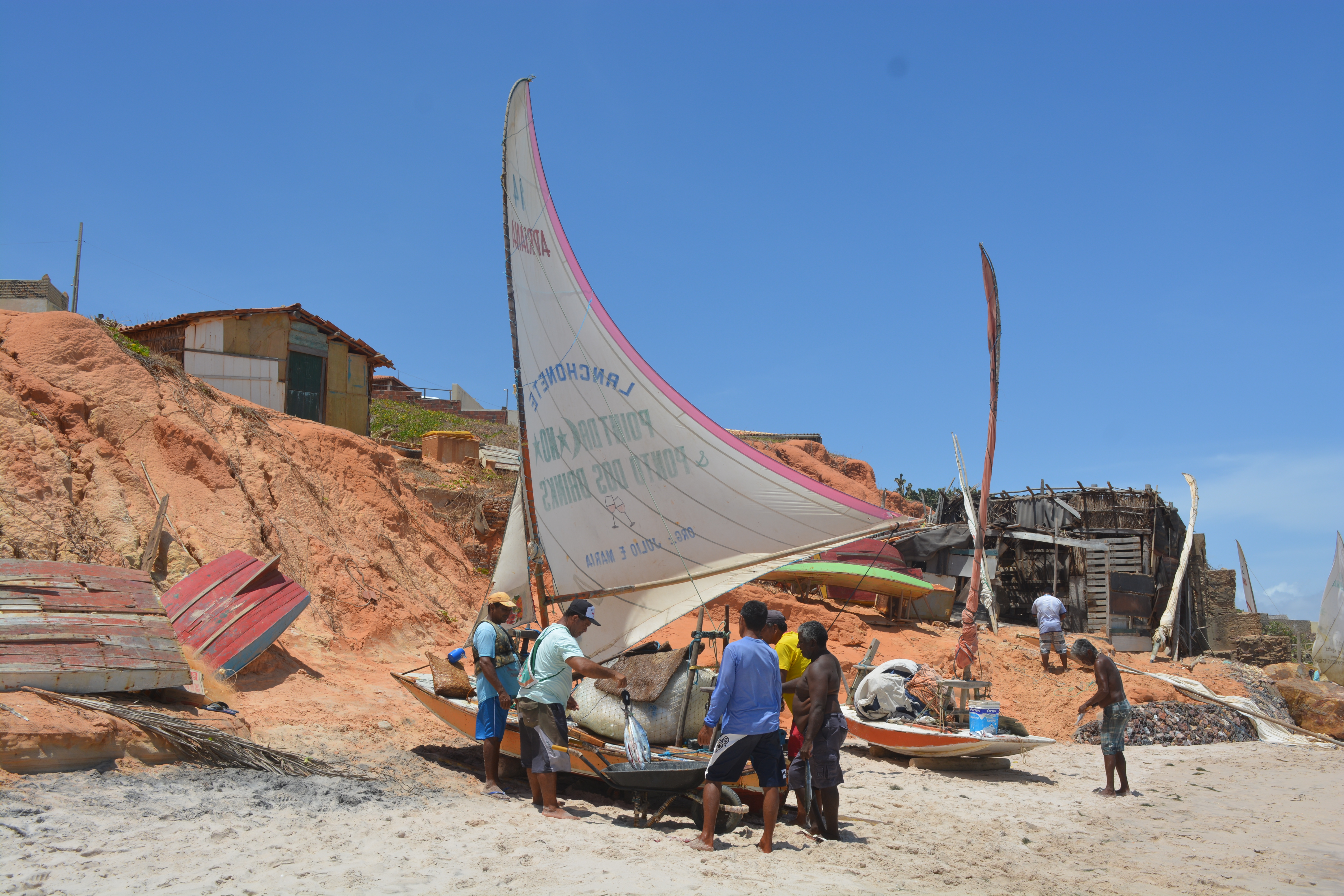
The local fishing boats sit on the beach or in hollows in the cliffs. The boats look like they don’t have traditional hulls, more like a collection of planks of wood strapped together. However they seem to work well as we saw some pretty impressive catches. In the evening we hired some horses for a canter along the beach, splashing through the waves and the clean sand. For only BRL 70, one of the best value horse rides.
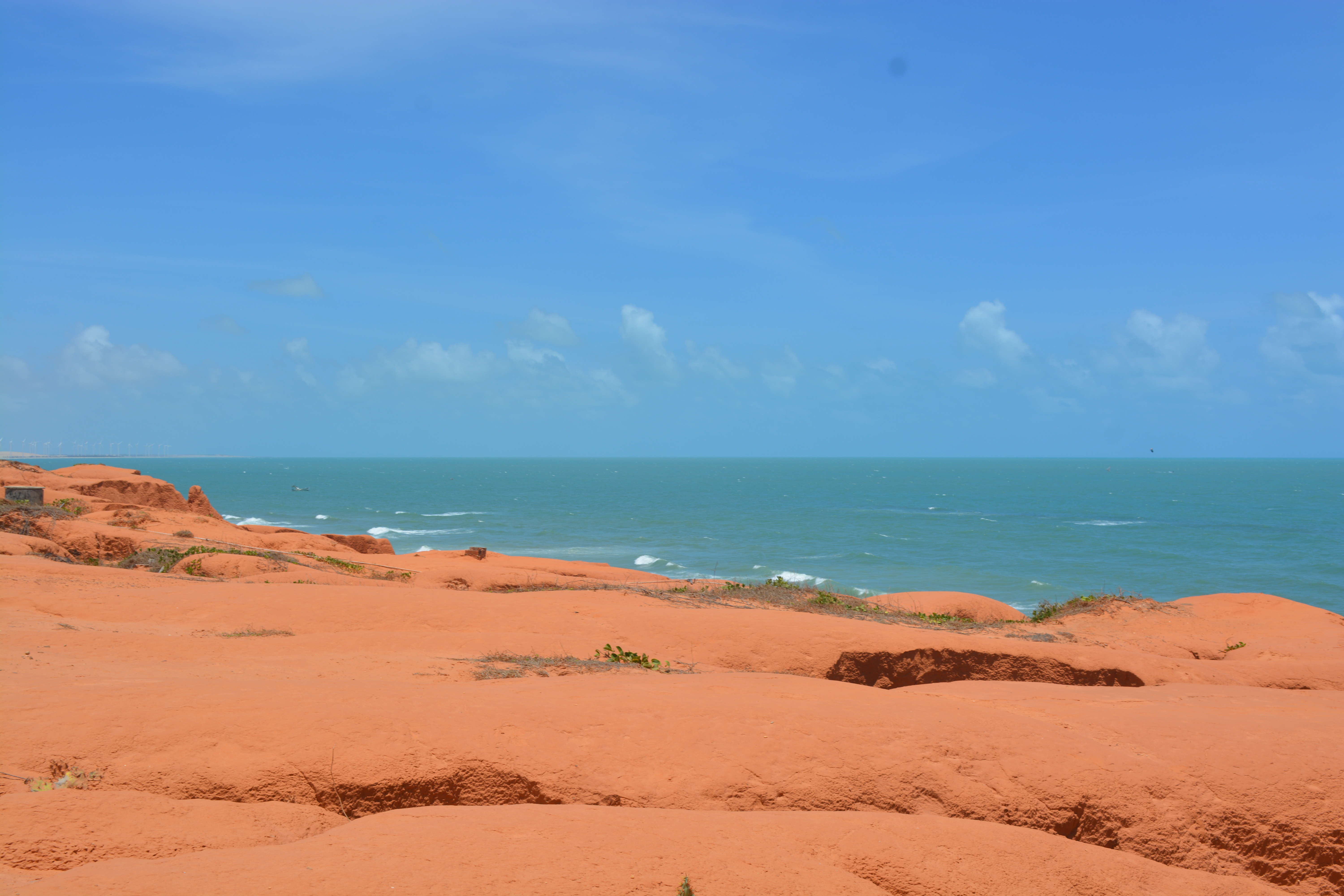
From Canoa we proceeded further along the coast, past the huge city of Natal to Praia de Pipa, our third beach resort of Northern Brazil. In all the distance from Jeri to Praia de Pipa was 861 kms and apart from the large cities is a coastline full of beaches. Also on many of the cliffs and just inland from the beaches are some enormous wind farms as Brazil satisfies its increasing energy needs.
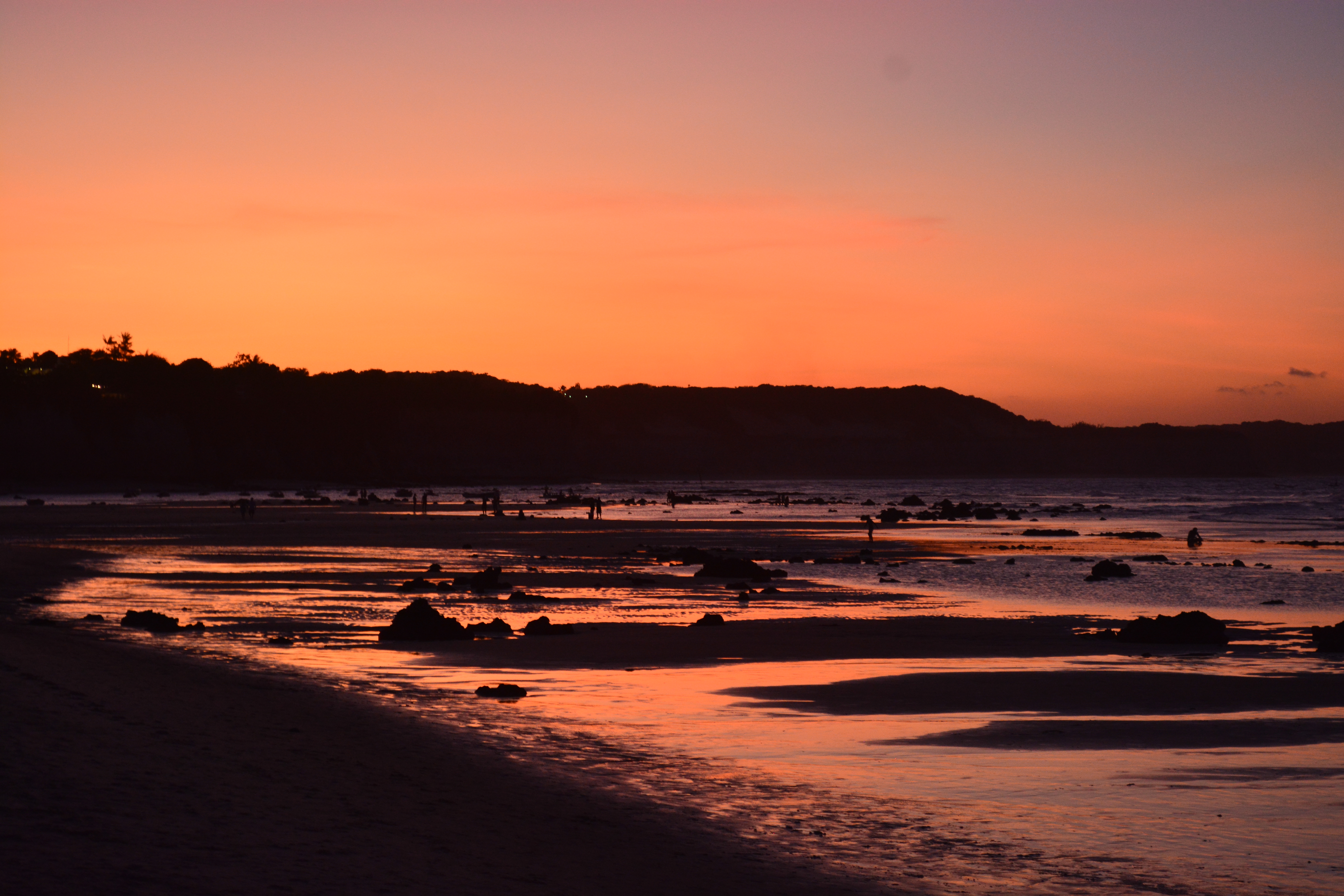
Praia de Pipa is an upmarket resort South of Natal and has a large number of restaurants and boutique shops. It is more mainstream than Jeri and like all resorts on this coast caters principally for the Brazilian market, including day trippers from the nearby cities. The beach, as with all the resorts we visited on the Northern Brazilian coast, is made up of fine golden sands with some cliffs protecting the urban development from the sea.
Date: 28/10/2018 to 02/11/2018
